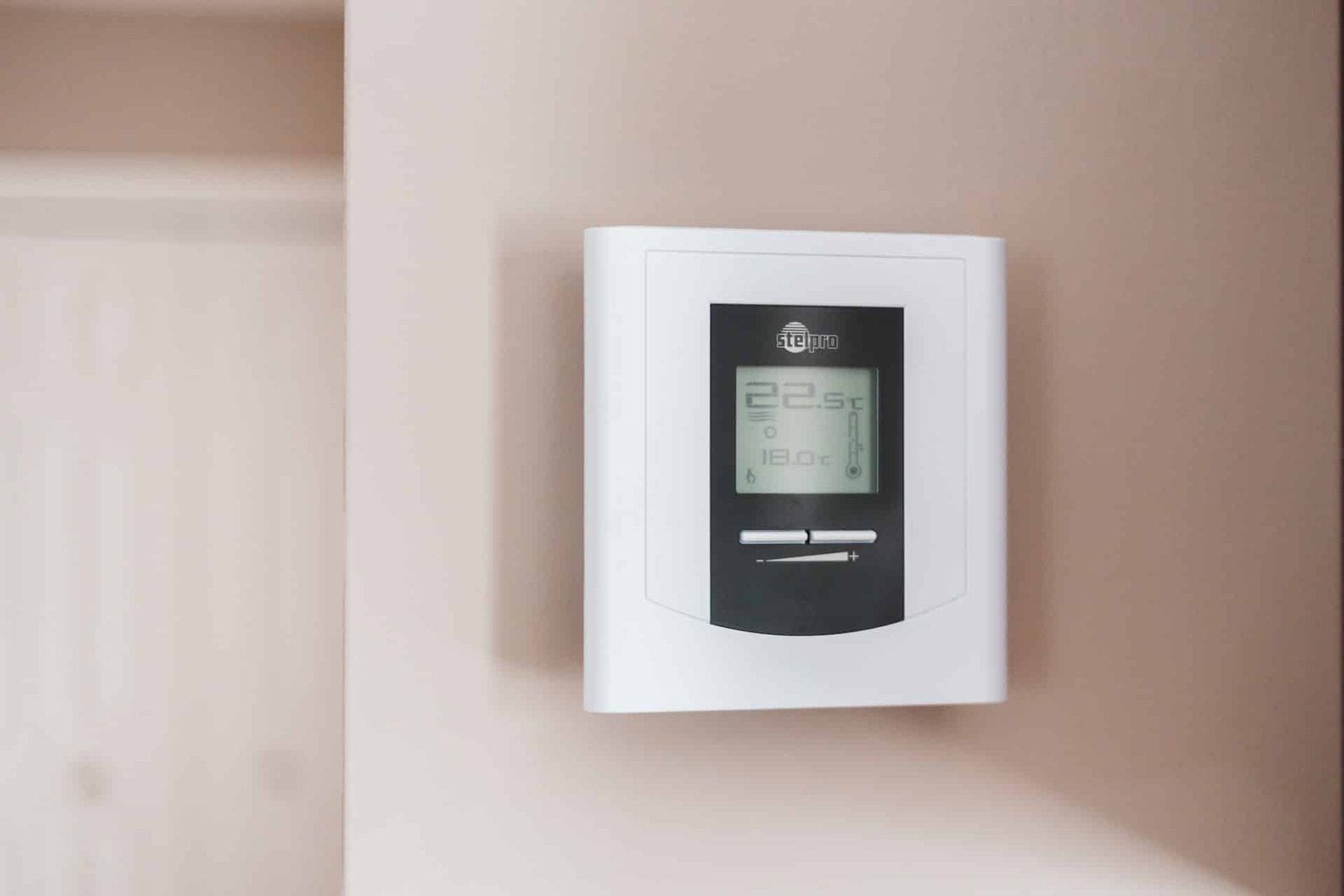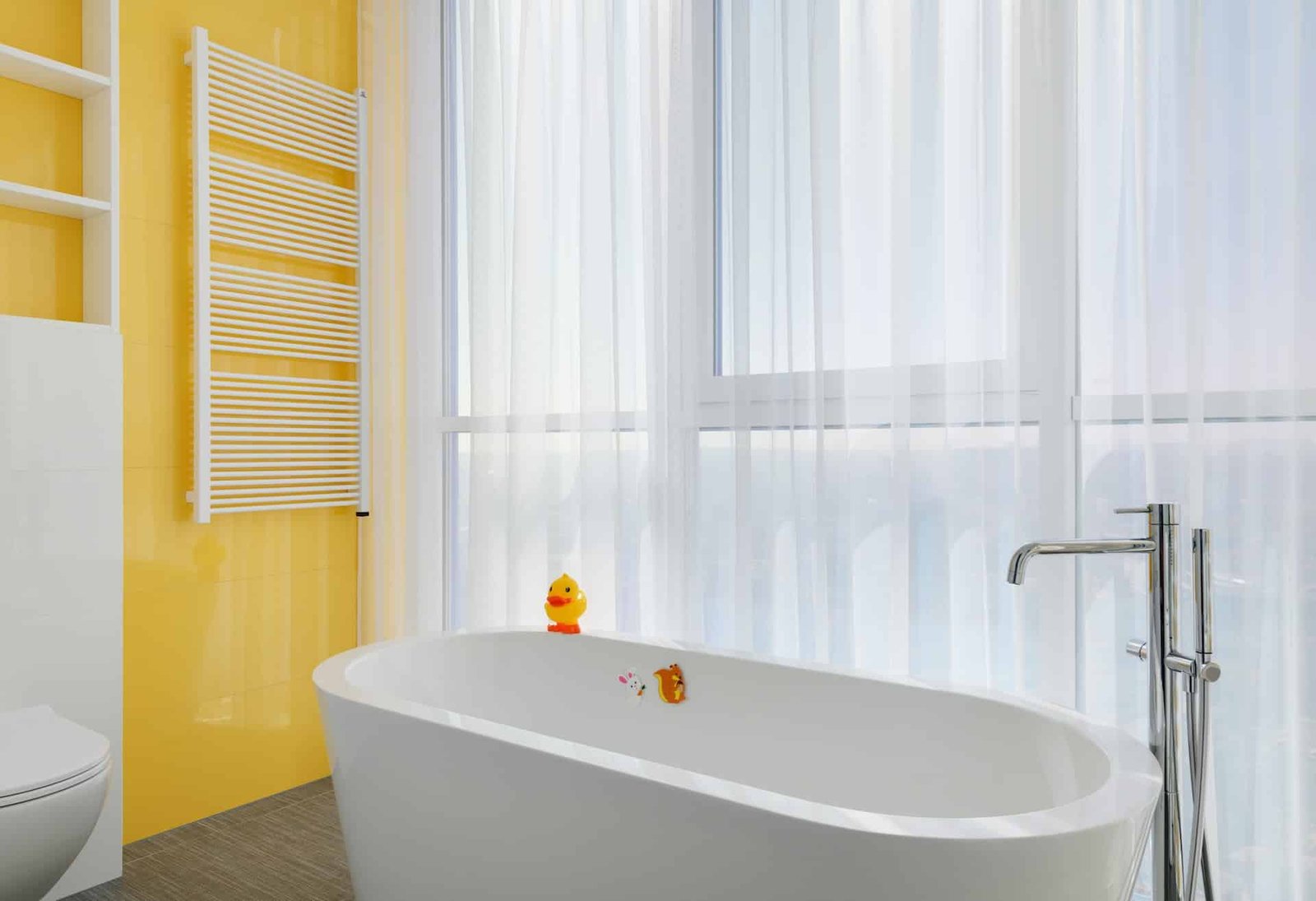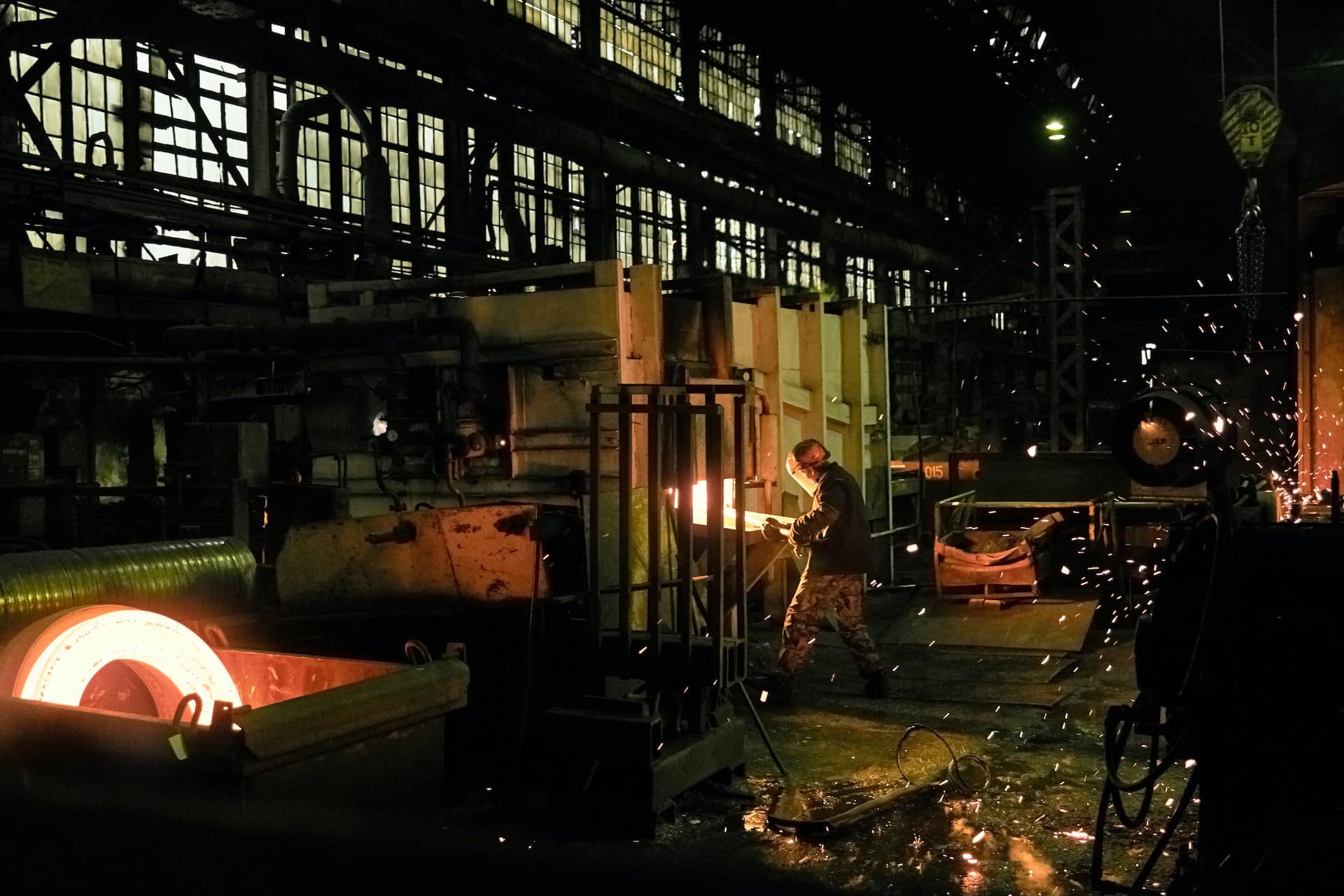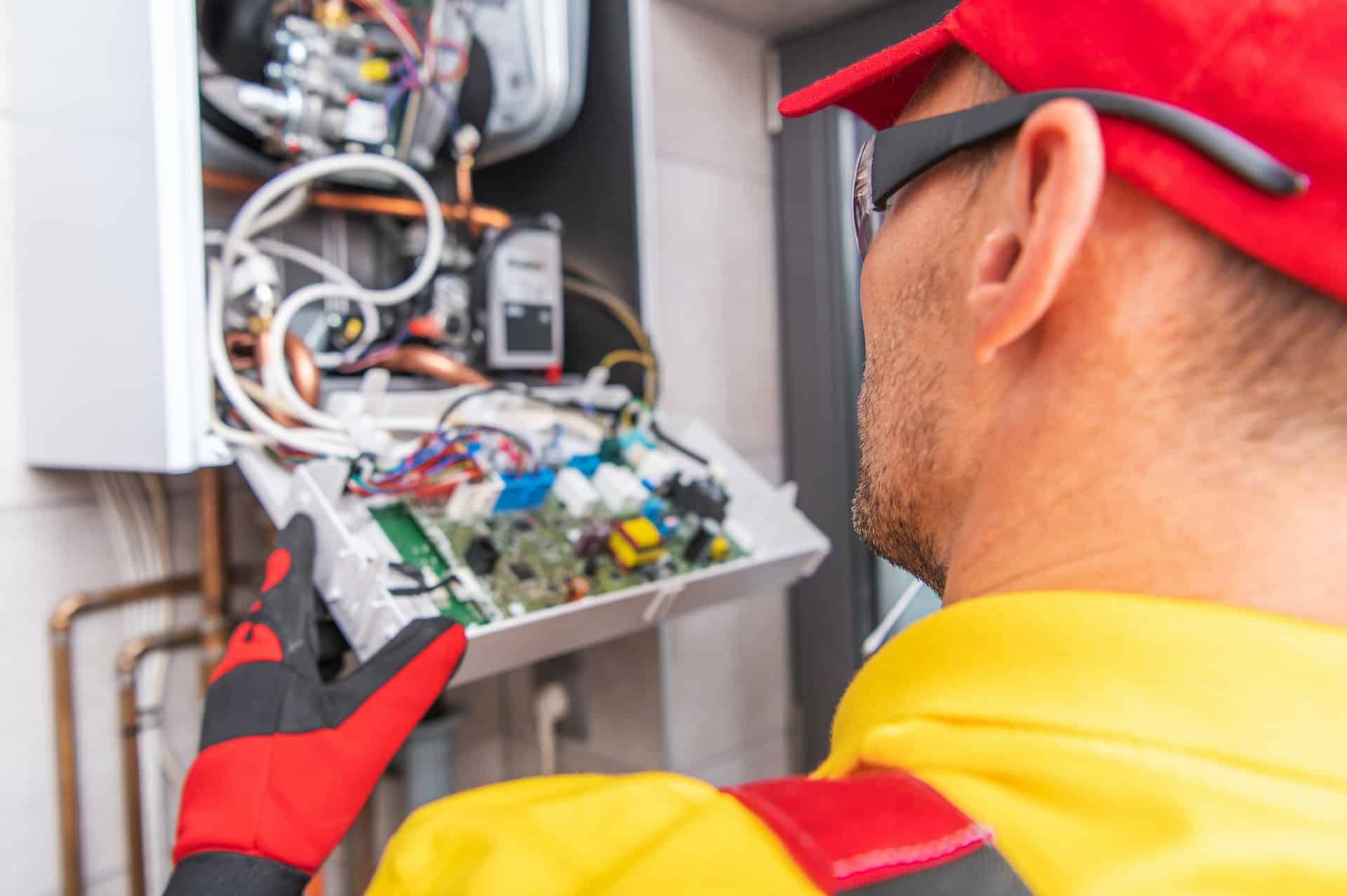Thermostats are an important part of home comfort. When your thermostat is broken, it can lead to uncomfortable temperatures in your home and higher energy bills. Knowing the signs of a broken thermostat can help you identify the problem and get it fixed quickly.
Here are the top 5 signs that your thermostat is broken and what you should do about them:
1. No Display
If your thermostat has suddenly stopped displaying any information, it could be a sign that it is broken. This could be due to a power outage, a dead battery, or a faulty connection. The first thing you should do is check the power source of your thermostat.
If your thermostat is connected to a wall outlet, make sure the outlet is still providing power. If it is battery-powered, try replacing the batteries. If neither of these solutions works, you may need to have a professional inspect your thermostat to diagnose the issue.
2. Inconsistent Temperatures
If your thermostat is giving you inconsistent temperatures, there could be a few different causes. First, it could be a sign that your thermostat is malfunctioning, in which case you should have a professional inspect it.
Another possibility is that the thermostat is not calibrated correctly, or that the temperature settings need to be adjusted. It’s also possible that your home’s insulation is not sufficient or that your HVAC system is not functioning properly.
3. Unresponsive Controls
If your thermostat controls are unresponsive, it could be a sign of a few different issues. The first thing to check is the power source. Make sure that your thermostat is plugged in and that the batteries, if applicable, are still functioning. If the power source is fine, then you may need to check the wiring.
Make sure that the wires are securely connected and that there is no damage. If the wiring is intact, then the problem may be with the thermostat itself. It could be a sign of a short circuit or a malfunctioning component. If this is the case, then it’s best to call a professional to inspect and repair the thermostat.
4. Unusual Noises
Unusual noises coming from your thermostat can be a sign of something wrong. It could be a sign of a loose wire, a malfunctioning component, or something else. Before you take any further action, it’s important to identify the source of the noise. There are a few potential causes of strange noises in an HVAC system, including worn-out or loose parts, clogged ducts, and debris in the fan blades.
If you hear a grinding noise, it could mean that your fan blades are loose or worn out, and need to be replaced. If you hear rattling or buzzing, it could mean that your ducts are clogged, and need to be cleaned or replaced. If you hear a humming sound, it could mean that debris is stuck in the fan blades, and needs to be removed.
5. No Power
No power to your HVAC system can be a cause for concern. It is important to investigate the issue and determine the cause so that the problem can be resolved.
If the wiring and the thermostat are functioning, then it is possible that the compressor is not working. This could be due to a faulty capacitor or a bad relay. If the compressor is not working, it is important to have it repaired or replaced as soon as possible.
It is also possible that the problem lies in the ventilation system. If the ductwork is blocked or obstructed, it can prevent the HVAC system from getting the necessary airflow. In this case, it is important to have the ducts inspected and cleaned.
Conclusion
If your thermostat is not working correctly, you may be experiencing one or more of the top seven signs that it is broken. From a lack of response to the thermostat to a noisy fan, these signs are all indicators that something is wrong. So, if your thermostat is having any of these issues, it’s time to call a professional to inspect it and get it fixed. Otherwise, you may be left in the cold!
Are you looking for a reliable HVAC repair in Ajax? Then look no further than Climate Experts! We specialize in all types of heating, ventilation, and air conditioning repairs, from minor repairs to full system replacements. Our team of experienced technicians are highly trained and certified to provide you with the best possible service. We take pride in our work, and our commitment to excellence is evident in every job that we do. From start to finish, we make sure that your system is running at peak performance. We use the latest techniques and technology to diagnose and repair any issue that may arise. Let us take care of all your HVAC needs! Contact us today to get started!










